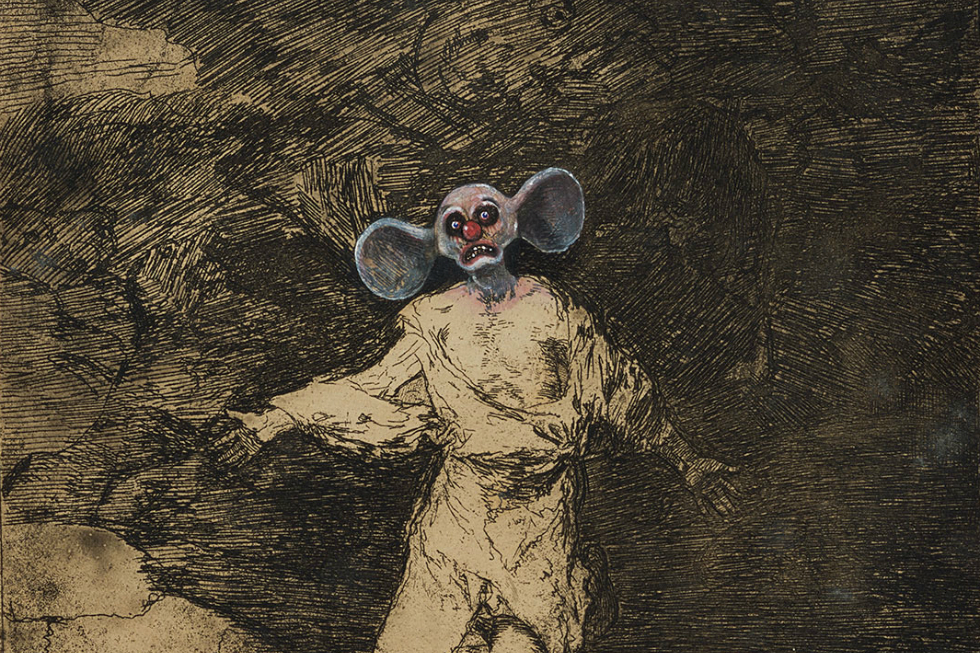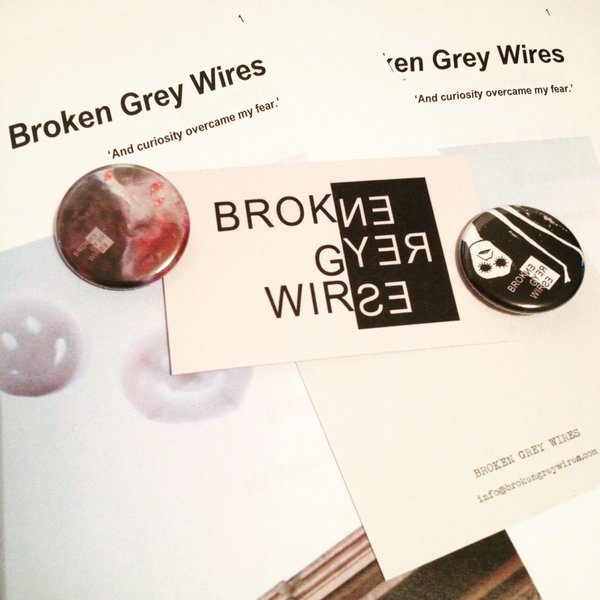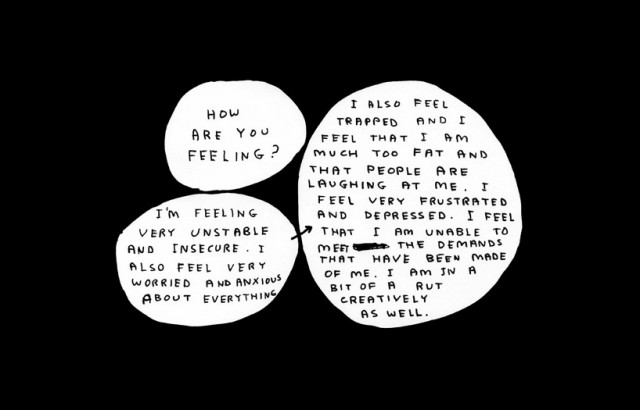How Are You Feeling? Introducing: Broken Grey Wires

With an impressive group of collaborators — including Jeremy Deller, Ryan Trecartin and David Shrigley — Broken Grey Wires is opening up a dialogue around mental health via contemporary art. Mike Pinnington spoke to its artist/founder Lizz Brady to find out more…
The Double Negative: You’ve called Broken Grey Wires ‘a ground-breaking project exploring mental health in contemporary art’. There remains a great deal of misunderstanding generally around mental health issues — is this subject still a taboo for some people?
Lizz Brady: Yes I think so; we saw it in the media earlier this year, the way they were reporting the news that Andreas Lubitz, the German pilot who crashed into the Alps, may have suffered from depression. ‘Killer Pilot’; ‘Suicide pilot suffered from depression; why on Earth was he allowed to fly?’; ‘Madman in cockpit!’: the assumption that depression means you want to harm others is preposterous, and I was actually asked if I would feel safe knowing my pilot had depression.
There is lots of hard work to do, lots of talking, of sharing stories and showing scars. Together we can make a change… we already have. The outrage to these headlines just about outweighed those who agreed with them.
With Broken Grey Wires, I want people to feel comfortable and participate in the project and to believe they can move forward with more positivity and understanding regarding their mental health. I want art to become a facilitator for recovery, and for Broken Grey Wires to encourage people to make something wonderful for themselves.
What led you to found Broken Grey Wires?
I had been struggling for a long time, in and out of hospitals, no future and no plans, self-destructive and giving up. During an admission to a psychiatric ward, I began to write down ideas and artists I wanted to work with. It was a slow and steady start but it gave me a focus and a future.

What, ultimately, do you want it to achieve?
I want Broken Grey Wires to be an important resource, a place to go for information and a place where we can relate to art work and personal stories. To not only be putting on major exhibitions across the world, but to be giving opportunities to people who are struggling with their mental health, through workshops, performances and panel discussions.
There is no end to what BGW can achieve; from giving mental health training to art tutors, to making it a legal requirement to have a mental health drop-in service in all art schools, a quarterly zine, online workshops to download monthly… It will be a long process, but this is what I am passionate and excited about. This is what gets me up in the morning.
You have some very impressive backing, ranging from mental health charity Mind, to artists including Ryan Trecartin, Jake and Dinos Chapman, Jeremy Deller and David Shrigley. What was it like getting them on board?
I had a list of artists I wanted to get on board and just contacted them, with a proposal outlining my aims of BGW alongside a personal proposal explaining why I wanted to work with them; the response has been overwhelming, and I do feel very lucky to have such great names in the project.
Where you just very ambitious from the start in understanding this was a project people will/should want to support?
I think I was very ambitious, yes; I always believe that if I’m going to do something I want it to be the best. That way of thinking is somewhat hindering, as I struggle to live up to my own expectations at times. But I work very hard and I am so passionate about what BGW can become. I have recently announced a steering board, and have the support of some very influential people, including Stephanie Rosenthal (who is chief curator at the Hayward Gallery and the new director for the Sydney Biennale) and Yinka Shonibare MBE (Turner Prize Winner).

I believe this project can be special and important, and with these people around me, it can only go from strength to strength.
As well as the project’s founder, you’re also an artist. Would you tell us a little about your practice?
My work responds to and explores my mental health. I try to create situations which will mirror my own emotions. For example, installations built which will enhance the audience’s anxiety and paranoia. Some of my work is quite shocking — images of manic episodes, alongside disturbing sound art and video.
I really love researching, and I am working on a new installation with artist Kirsty Harris, looking at the links between Robert Oppenheimer, Lunar Theory, The Bentham Theory and how Michel Foucault interpreted it, and Hermann Hesse’s Steppenwolf.
You’ve called Broken Grey Wires a ‘focal point for international art exhibitions’. How and where is the project going to be manifested? When can we visit a Broken Grey Wires exhibition?
The next major exhibition will be in London at Guest Projects in June 2016. Later on, in October 2016, I will be working with the Scottish Mental Health Arts and Film Festival, putting on a number of events at the CCA in Glasgow. This will be an incredible few weeks, with workshops, talks and performances all in the planning.
I will also be working with the Early Psychosis Intervention Programme in Manchester next year, curating a number of workshops and exhibitions within a major gallery.
Mike Pinnington
Get your hands on the very first Broken Grey Wires zine, on sale here for £5
Images, from top: Jake and Dinos Chapman, Sad Presentiments of What Must Come to Pass (2003); Broken Grey Wires; David Shrigley, Untitled (How are you feeling?) (2006). All images courtesy the artists





